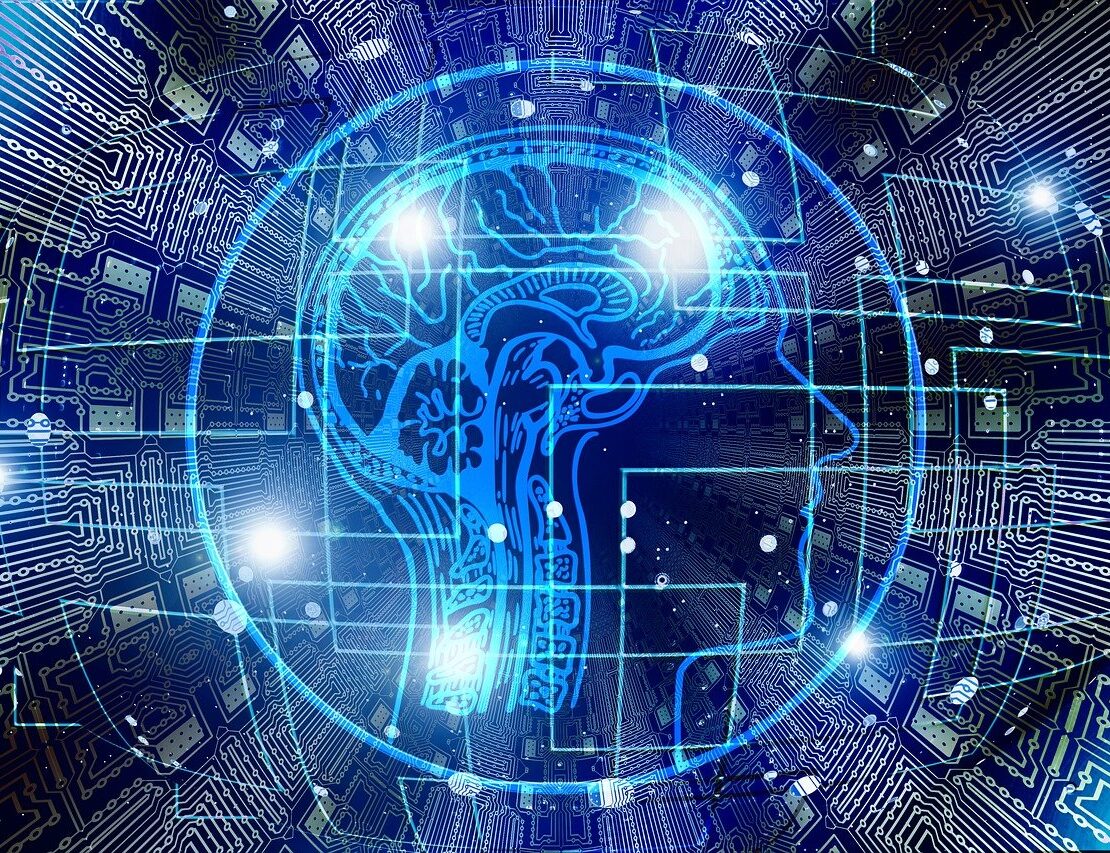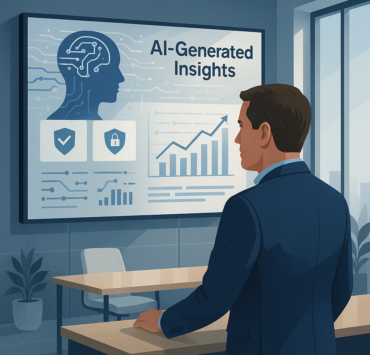What it feels like to witness a true leap forward in real time
In the early 1990s, I was deep in the stacks of LSU’s Center for Geopolitical Studies, poring over dusty military manuals. I’d just been hired as one of the first interns at the organization that would eventually evolve into Stratfor. My assignment was about as old-school as it gets—track the operational performance of Korean War tanks. I studied how M46s and M48s performed in different temperatures, terrain types, and humidity levels. The data was all there, buried in outdated tables and footnotes. But it took hours to piece together even the most basic insight.
One afternoon, on a break from all that analog drudgery, I sat down at a terminal and opened something called Mosaic. I didn’t know what to expect. But within minutes, I was clicking through links, following a trail of knowledge across university servers, personal pages, and strange new corners of the web. No card catalog. No gatekeeper. It was the first time I understood how technology could flatten the information hierarchy.
Suddenly, I could get to the Perry-Castañeda Library at the University of Texas with a few clicks of the mouse. That moment, trivial as it might seem now, was jarring. I didn’t need to physically travel. I didn’t need permission. The world had shifted.
That was my first Mosaic moment. The way I understood the world changed—suddenly and irreversibly—because a new tool made the impossible easy.
Fifteen years later in the early 2000s, I had another similar experience. This time it was in the palm of my hand. The iPhone. A device so obviously revolutionary it didn’t need to announce itself. It was beautiful. It was complex, yet somehow simple. Everything I needed was suddenly available on the move, wrapped in an intuitive interface that felt more like magic than machinery.
There was just one problem. I worked at Microsoft at the time. And in those days, loving the iPhone was… complicated. We were supposed to be the ones leading the charge in mobile computing, but here was this sleek rectangle from a competitor, completely reimagining the future. Inside the company, we expended enormous mental energy convincing ourselves it wasn’t a big deal. That it was just hype. That the market would correct. We knew better, of course. But disruption has a way of making smart people say dumb things—especially when their worldview depends on stability.
And last year, I had another Mosaic moment. This time with ChatGPT—specifically, GPT-4o and 4.5.
I’ve been using generative AI for a while. I remember playing with GPT-3 a year or so earlier, testing the boundaries, running occasional evaluations of verticalized models built for specific domains. I’ve dabbled in image and video generation, tried out Gemini, NotebookLM, Grok. I kept up. I explored.
But 4o and 4.5 felt different. The leap was palpable.
It wasn’t just the improved accuracy or the speed. It was how fluidly the model filled in blanks. How it remembered facts about me. How it recalled our past conversations, referenced my earlier writing, and adapted to my tone like a longtime collaborator. It didn’t feel like I was using a tool anymore. It felt like I was working with a partner.
And that’s when it hit me. The world had changed again.
Since then, I’ve gone from interested to addicted.
I keep a ChatGPT window open on my desk at all times. It’s my scratch pad, my sounding board, my editor, my therapist, my muse, my collaborator. I take notes there. I ideate there. I resolve writer’s block—often before it can even get started. I refine messy thoughts into clean frameworks or push half-baked theories until they either take shape or collapse under their own weight.
It’s hard to overstate how much this has changed the way I work. My productivity isn’t just better—it’s different. Faster, yes, but also more iterative, more experimental. Ideas no longer sit around waiting for time or headspace. They turn into conversations. Into threads. Some of them even survive.
And as I look around, it’s clear. Every job, every function, every process I know has to be rethought. Not someday. Now.
Each of these moments—Mosaic, iPhone, GPT—weren’t just a technology change. It was a shift in access, agency, and acceleration. They moved the goalposts. They redefined expectations. And they made a certain kind of denial harder to sustain.
- In 1994, it was about access to information.
- In 2007, it was about computing power in your pocket.
- In 2025, it’s about augmenting your mind in real time.
These aren’t just new tools. They’re new baselines. Those who know how to scale with these systems are going to be incredibly more efficient. Those who do not will have a hard time competing in this new world.
So if you’re still thinking of AI as a novelty or an add-on, I’d suggest you take a moment. Open a window. Start a conversation. Take notes with it. Ask it questions. Make something with it. Break something with it.
Because the future isn’t waiting for permission either.
Join the Catalyst Monitor
Join our community, where we push out regular insights to help maintain situational awareness on technological and socioeconomic trends.



